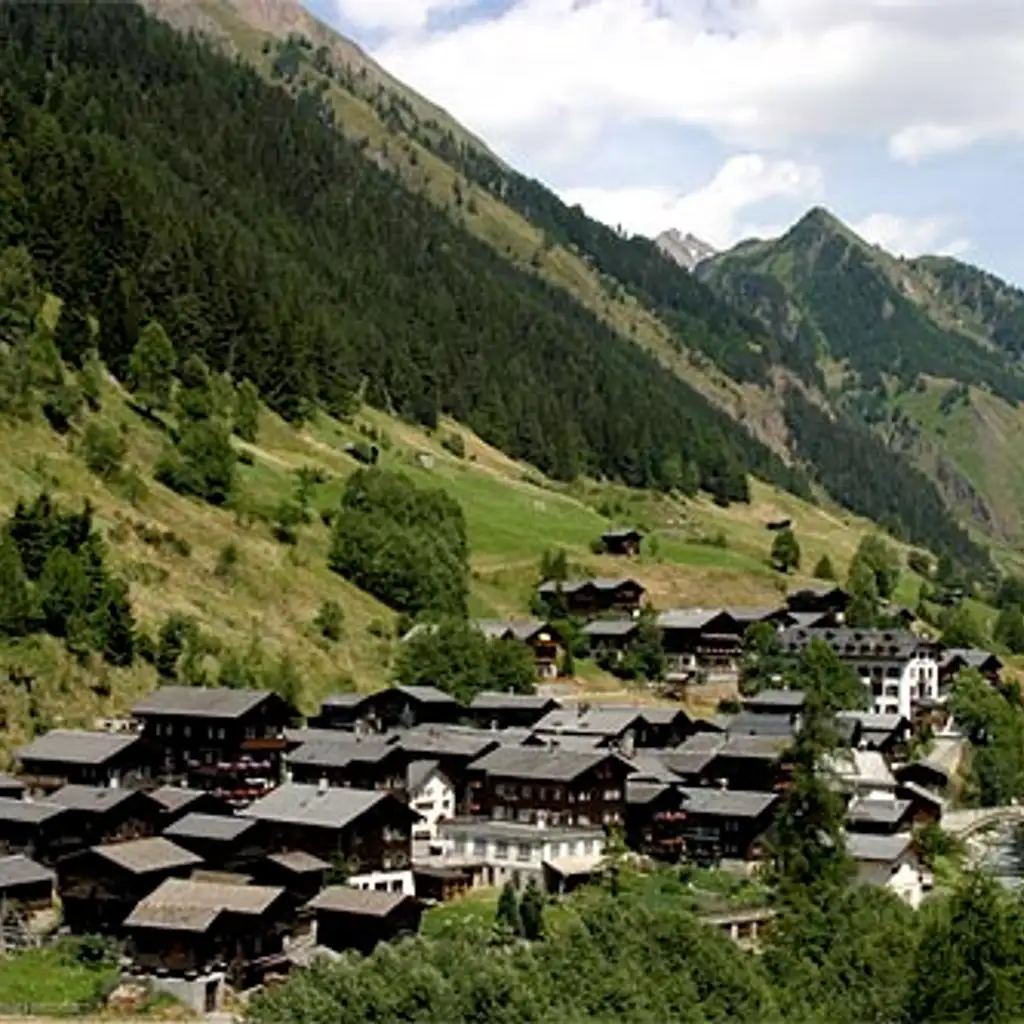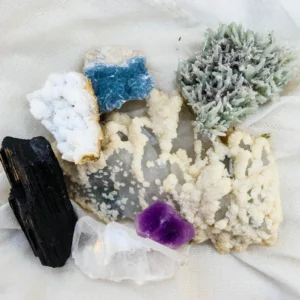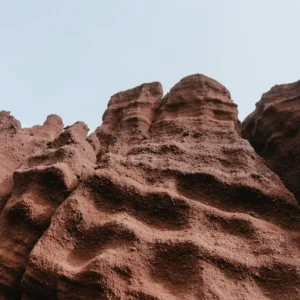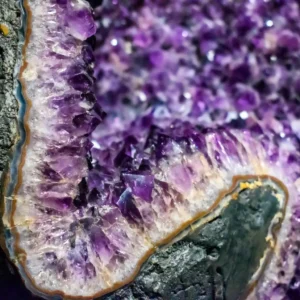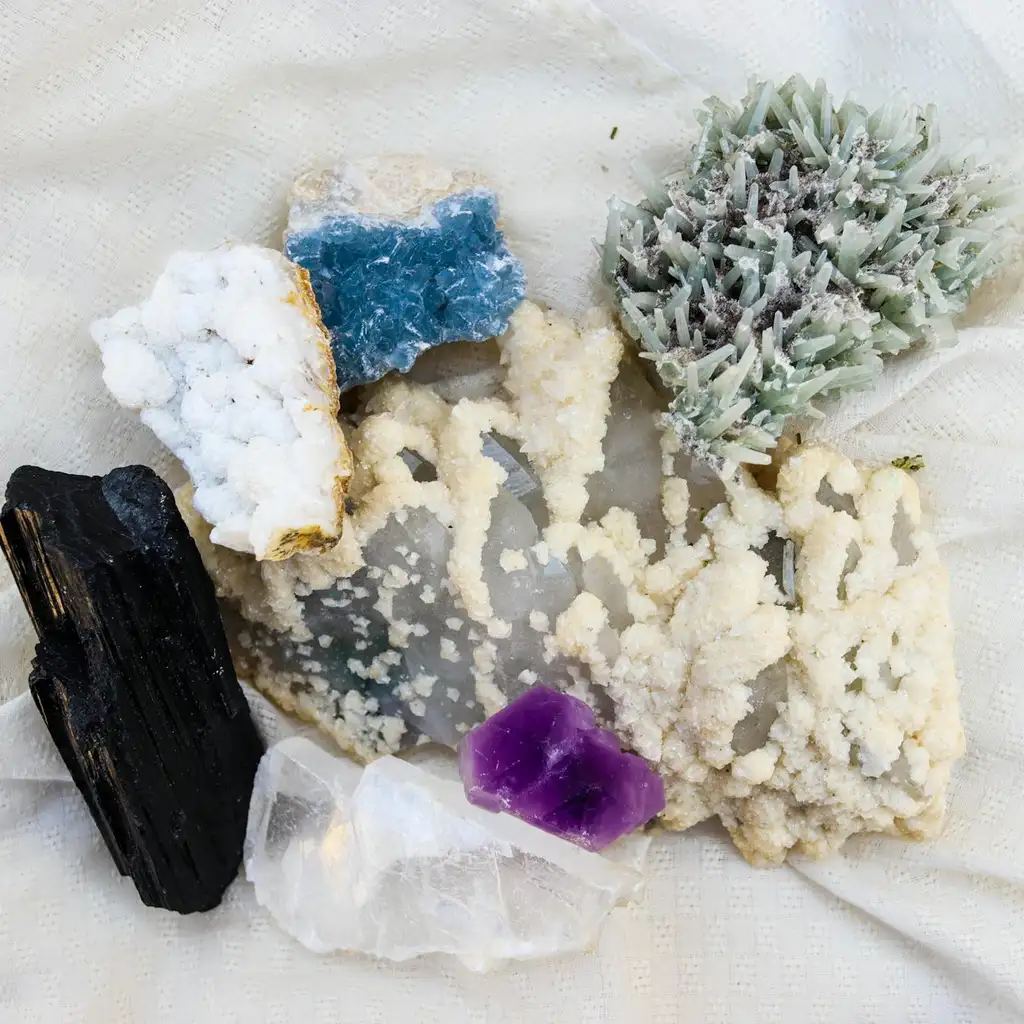Located in the heart of the Binntal, the village of Binn is often celebrated as the “mineral village” due to its abundant geological treasures. This picturesque valley is a haven for mineral enthusiasts, offering a rich tapestry of mineral diversity that beckons explorers from around the globe.
The allure of Binntal as a tourist destination is deeply rooted in its mineral wealth. The late 19th century saw a surge in tourism, particularly among English visitors captivated by the valley’s geological marvels. Key developments such as the completion of the mule track through the Twingi in 1864 and the inauguration of the Hotel Ofenhorn in 1883 were pivotal. By the turn of the century, mineral extraction had become a significant source of income for approximately 20 families, often surpassing the earnings from traditional agriculture.
The Valley of Hidden Treasures
When envisioning crystals, many think of the clear brilliance of rock crystals or the enigmatic allure of smoky quartz. These, along with a vast array of other minerals, are abundant in the Binntal valley. The region boasts over 300 different mineral types, with around 150 identified at the famous Lengenbach mineral mine near Fäld. Notably, the Binntal is the type locality for 56 minerals.
Unlike the visible beauty of flora and landscapes, the mineral world often lies hidden beneath layers of vegetation and rock. It takes the skill of experienced “spotters” to reveal these mineral gems. Visitors can embark on guided tours with crystal hunters to explore this concealed world.
Lengenbach Mineral Mine
The Lengenbach mineral mine holds global significance, not for its large crystals or gemstones, but for its rare and minute minerals. Of the 150 mineral types found here, over 40 were first discovered at Lengenbach.
Nestled in a small side valley of the Binntal, Lengenbach features a distinctive 300-meter-long dolomite marble zone. These rocks, formed approximately 240 million years ago, contain iron, lead, zinc, and other metal ores. During the formation of the Alps, these ores underwent transformation, resulting in rare and exotic minerals.
These minerals crystallized in tiny druses and fissures, often accompanied by golden pyrite and striking red arsenic sulfide crystals. For 200 years, Lengenbach has been renowned for its exotic minerals and continues to be mined for research purposes.
Rays as an Intangible Cultural Asset of Valais
The canton of Valais recognizes the search, exploration, and valorization of minerals as a living tradition and an intangible cultural asset. This ancient craft is deeply intertwined with the mountains, with evidence of crystal hunting dating back 10,000 years in Valais.
From Roman times, when crystals were used for arrowheads, to Neolithic settlers’ tools, minerals have played a significant role in Valais. Crystals later became commodities, and mineral extraction was an important sideline for mountain farmers.
Mineral Patent
In the autumn of 2023, the Binn municipal assembly introduced a mineral patent, effective from January 1, 2025. This initiative provides guidelines for mineral prospectors in Binn, allowing them to purchase a mineral patent.
Association Minerals Binn
The Mineralien Binn association was established on March 9, 2024, in Binn. Its primary aim is to organize the annual mineral fair and represent mineral-related topics in the Binntal valley. The board includes former organizing committee members Ewald Gorsatt, Rolf Imhof, Janine Mann, Jonas Zeiter, and Odilo Zumthurm.
Special Edition of “Schweizer Strahler” Magazine
In 2017, the magazine “Schweizer Strahler,” published by the Swiss Association of Strahler, Mineral, and Fossil Collectors, featured a trilingual article titled “Two nature parks, a pass with a bivouac and beautiful minerals.” It explored the search for allanite (Ce) at the Combi e Lanza bivouac and the discovery of Alpine minerals at Chriegalppass and Passo di Cornera, on the border between the Binntal Landscape Park and the Alpe Veglia and Alpe Devero Nature Park.
